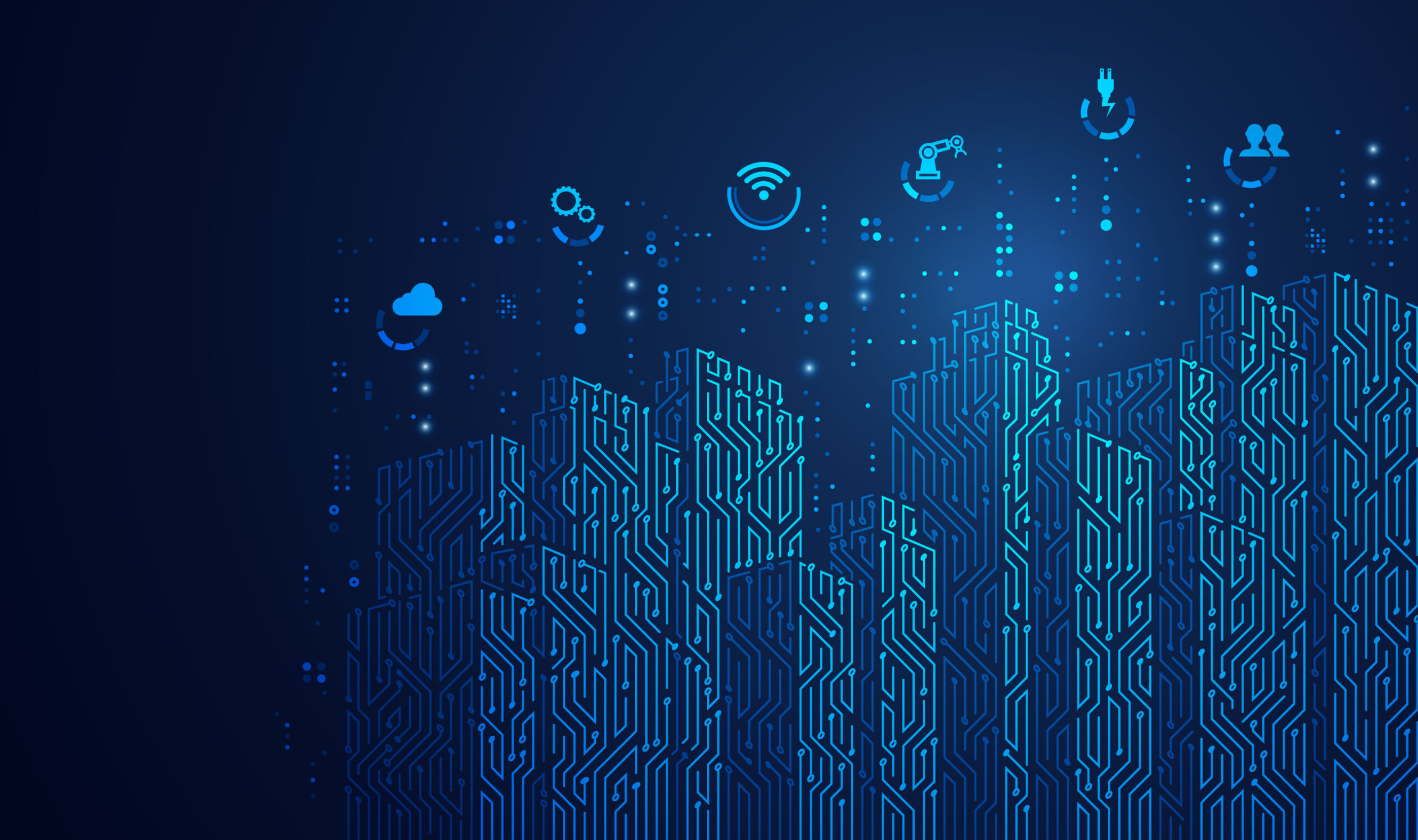Customer satisfaction and continuously improving customer experience (CX) is typically a key business objective for organisations. To meet and exceed customers’ needs, staff must be equipped with the tools and the training to deliver excellent service in a rapidly changing, tech-driven world. Understanding new and emerging technologies will assist employees in earning high client satisfaction scores and is a discovery process that, when done with care, will deliver strong results.
Yearly there are new technological developments focused on improving customer satisfaction, including: Business Process Management (BPM) / Automation, Complex Event Processing (CEP), Mobile App integration, Machine Learning, (ML) and Artificial Intelligence (AI).
Technology landscape
Several foundational inter-related technologies are underpinning a stronger focus on delivering a positive CX. Among them is the Internet of Things (IoT), which are networks of connected objects that can observe, recognise, tabulate, and communicate with other objects along with what happens around those objects in the spaces we occupy. Examples of IoT objects, the “Things” in IoT include personal items like smart phones and watches to building sensors like Occupancy Sensors, Airflow sensors, lighting, and air quality as well as utility metering and much broader concepts like city wide green energy use.
Add in AI and you create an environment that can quantify your observations and apply patterns and processes to the situation to achieve specific desired outcomes rather than let fate take its course. AI delivers the ability for a system to act intelligently without direct human intervention. One way it does this is through machine learning, which is a subset of AI. These methods allow a machine to “understand” a set of previous inputs and then act based on that learning. Machine learning is sometimes grouped with predictive analytics, which is where potential outcomes are recognised based on the data being delivered. This data, sometimes generated by IoT-connected sensors, is then acted on to achieve a desired result. It quickly becomes clear how all these systems and technologies are interrelated.
Automation in customer service
An organisation’s service response can make or break its business. The growth of BPM platforms (which map business processes) may facilitate the execution of that map through the previously described technology landscape.
Service and support practices such as online service apps and interactive chatbots can, through AI, interpret natural language, then use Machine Learning algorithms, and embedded IoT to understand the service need at very deep level. These services are aligned and directed through databases to match situations and outcomes with documented solutions or go back to an AI system to derive a new, custom solution. Through this integrated automation, customer service continues to adapt to a set of managed processes with better success rates, resulting in greater customer satisfaction.
Today, automated service solutions grounded in BPM can range from Interactive Voice Response (IVR) systems that are layered onto machine learning systems to gain situational awareness and feed that knowledge back to the customer through a Chatbot to an IVR system all driven by AI. These solutions create and maintain efficiency by keeping up with high-volume interactive support needs and recognising patterns to deliver appropriate responses. In short, the result is that the system understands a spoken question and responds with a proper support action moving the service interaction forward.
Service Departments have been using chatbots for several years and are an example of automated customer service technology that can interact with their clients and solve issues through text recognition, interpretation, and response. As chatbot use continues to grow, they are also becoming more integrated with the environment at large. Integrated chat systems monitor and manage connected devices and mine data platforms to drive very specific immediate, real-time responses to diverse service issues.
This support automation growth integrates connected devices with real time information to walk users through the process of troubleshooting common and uncommon issues. This simple conceptual example of automated troubleshooting interfaces can eliminate staff intervention for many problems, and free customer service representatives to address more complex issues.
Machine learning programs
In customer service, access to data is essential. Previous interactions, service call trends, and access to specific instances contribute to a well-informed support operation. Machine learning, a subset of AI, has a range of potential benefits at this level of customer service. It also provides benefits to businesses who want to monitor their customer’s journey.
Augmenting the customer journey with AI
AI processes (like machine learning) can enhance the Customer Service experience in a multitude of ways. For example, AI can find the best available customer service representative for any single given customer; the process to do this is relatively straightforward.
A machine learning engine can gather attributes from the customer (i.e., calling location, age, gender, product type, previous call history, etc.), pulling this data from the company’s data stores. AI will then cross-reference those data points with a database of customer service representatives’ details to connect the customer with the best available representative.
This seamless effort delivers a better user experience because instead of transferring customers through multiple representatives to get them to the right person, Machine learning and AI can make it happen automatically.
AI has completely changed the way companies interact with a buyer’s journey. Smart buildings and retail technology know information such as a customers’ nuanced activities, purchase history, and their current activity. It uses algorithms that can naturally support their current actions with a more profound buyer experience, whether online or in person. This extends into services and support as well. If a purchase date and location are already known by correlating a phone number with a purchase, it saves time in confirming basic service information should the customer call in for support.
Another integration practice that is now much more common is tying together Complex Event Processing (CEP) and Business Process Management (BPM). CEP can process interactions from almost any type of connected device and allows organisations to store a massive amount of customer data—data that can enable a company to follow and manage every step of a customer’s journey.
The CEP engine gathers data and evaluates what ‘state’ the customer is in—good, neutral, or negative. For example: With the use of AI technologies, a CEP engine could take a customer in a “negative state” and offer the most efficient tactic to move that same customer into a “good state.”
Not only does the CEP engine suggest effective tactics to enhance the customer journey based on the information gathered about specific clients, but it also allows businesses to monitor how many currently engaged consumers are in each “state.” Companies that use a CEP engine to map the customer journey have a massive advantage over their competitors. By monitoring their customers’ state during the journey, these firms can see how marketing efforts are performing in real time.
The takeaway
IoT and AI can enhance customer satisfaction on multiple levels. Automation, machine learning programs, and CEP engines offer various benefits to consumers and companies. Chatbots can help customers solve issues, freeing customer service representatives to deal with more significant support efforts. Machine learning programs allow customers with larger issues to be directed to the most efficient customer service representative available for their problem. And lastly, CEP engines provide customer information through connected and integrated technologies to insights of incredible depth and accuracy.
New Era Technology approaches IoT, data, systems integration, smart buildings, enhanced customer experiences, and managed services with the same mindset. No data point is ever as useful on its own as it could be when looked at in a bigger picture. This focus on the big brush data context adds a wealth of information and practical depth to our projects. Using new and emerging technologies coupled with existing processes and our deep integration methodologies creates a massive operational canvas able to deliver deep insights and real value to organisations and the customers who use their services. Talk to us to find out more about our solutions.

 Australia
Australia Canada
Canada LATAM
LATAM New Zealand
New Zealand UAE
UAE United States
United States







